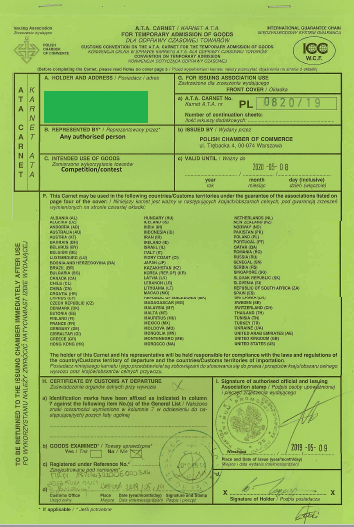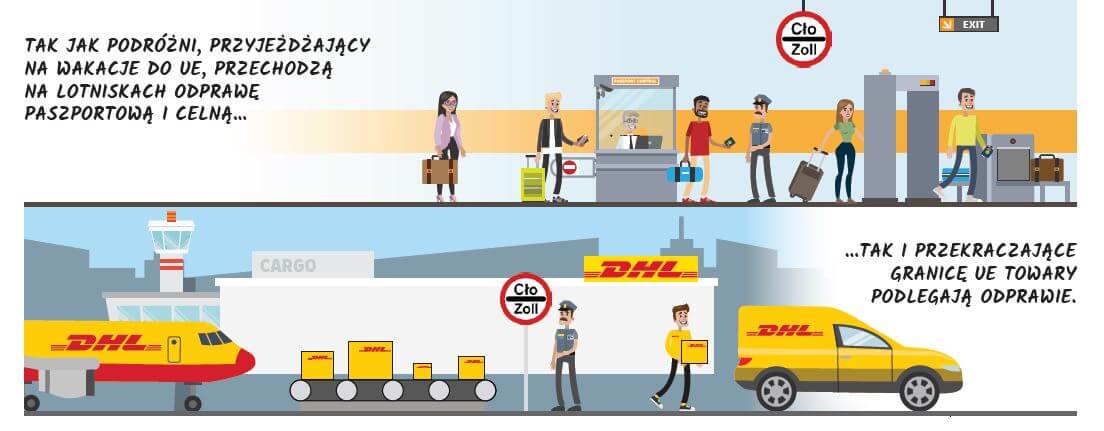To ensure your shipment clears customs smoothly, please familiarise yourself with the required documents. With the correct information provided by the importer, we will be able to clear your shipment as quickly as possible.
the correct information provided by the importer, we will be able to clear your shipment as quickly as possible.
| Goods value | Importer: Consumer / Private |
|---|---|
| below 150 EUR “low value” | Gifts free of charge from natural persons value up to 45 EUR. Documents required: proforma invoice Shipments below 150 euro: |
| above 150 EUR “high value” |
|
Other, if required:
- Translation of the invoice
- Transfer confirmation
- Order confirmation e.g. screen shot from website
| Goods value | Importer: Company |
|---|---|
| below 150 EUR “low value” | Parcels of up to 150 EUR from company to company containing samples/designs/prototypes. Documents required: proforma invoice marked “sample” or “no commercial value” Consent for clearance on the summary statement. Without it, the consignment is treated as over 150 EUR with the exception of preference (not needed as consignments up to 150 EUR are duty free). |
| above 150 EUR “high value” |
|
Comercial invoice / pro forma
EORI (więcej)
Power of Attorney (więcej)
Content / Goods Description (więcej)
Additional documents (for goods requiring additional documentation) – click here for more details



